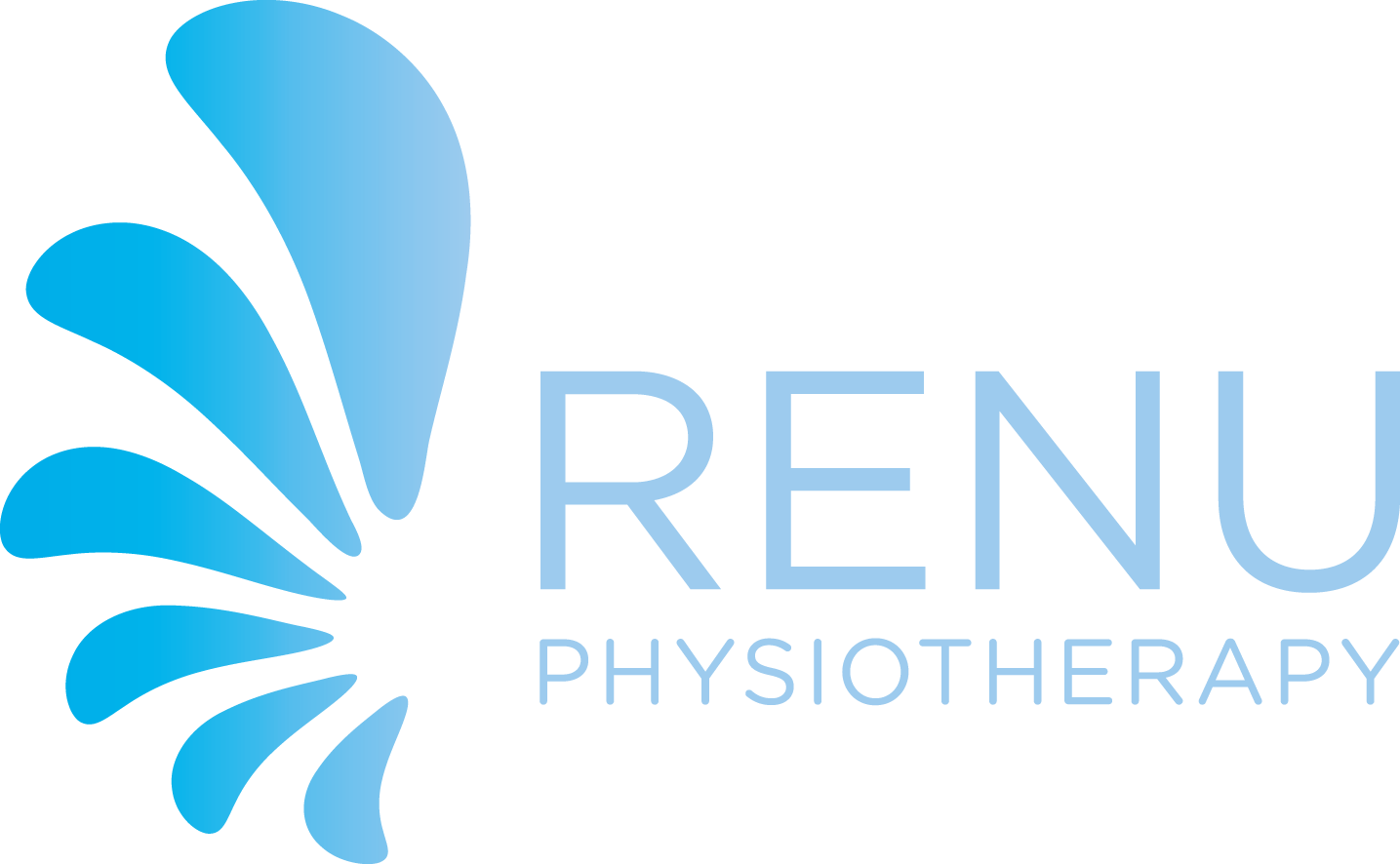Sports Injury Management
Preventing and treating injuries from sport and exercise.
Why a Sports Injury Management service?
Sport and physical activity is beneficial to overall health. However, for some people sport and physical activity participation can lead to pain and injury. Sports injury and pain management refers to the prevention and/or treatment of pain and injuries that most commonly occur during sports or exercise. Appropriate and effective management of pain and injury is crucial for a return to sport, prevent recurrence and improve performance.
Sports injury and sports related pain - is there a difference?
Did you know that pain can occur in the absence of tissue damage? While pain is common in sport and physical activity participation, it’s not always associated with tissue damage. It’s commonly believed that pain is an indication of damage. This is true where there was a clear trauma such ankle sprain or a fracture falling from a bike. In these instances tissue damage like ligament tears or fracture can occur causing pain.
However, when pain occurs in the absence of a clear traumatic event, it often indicates that the tissues of a body part are sensitized but not necessarily damaged. We know that pain is influenced by several factors such as the amount of physical activity that one is doing (training load), a person’s level of strength and conditioning to tolerate such training load, sleep quality, levels of fatigue, mental health and how much weight a person is carrying around their tummy. All these factors interplay and lead to tissue sensitivity, inflammation and pain which is not directly correlated to the level of tissue damage or injury.
Why is this important?
Because this distinction can guide a the response to pain and its management. When the body is damaged, protecting it for a short time to allow for tissue healing and then gradually building capacity to tolerate load is the fastest way to recovery. On the other hand, treating the body as if it were damaged (by resting and avoiding activity) when it’s actually not, often leads people to over-protect it. This can result in a loss of strength which can be detrimental, delays recovery and return to sport.
Here are the key facts about sports-related pain from us.
While pain related to a traumatic event can be associated with tissue damage pain that occurs in the absence of trauma can occur in the absence of tissue damage.
In the absence of a traumatic event, a scan is often not indicated, in fact scans are usually poor predictors of pain in this instance
Improving tissue tolerance to load (ie. graduated strengthening) and gradual return to sports and physical activity is paramount to building physical resilience
Lifestyle factors such as diet, sleep and general health, and sport-related factors such as training load and physical conditioning are all important for pain
Mind-body factors such as mood, stress and anxiety affects the level of pain
Passive treatments (like massage, dry needling, injections) targeting painful structures only result in short term pain relief, where active treatments (eg movement control, graduated strengthening and conditioning) provide long term strategies for recovery
We recommend a more holistic approach that targets the contributing factors to pain and that helps the individual take charge of their management.
And some myths about sports-related pain.
Pain always means something is damaged
Pain is always an indication that I should get a scan
Scans can always identify the source of the pain
Pain means I should rest and protect the painful body part
Pain is solely influenced by the health of my structure and the mechanics of my body
Activities that provoke pain should be avoided
Treatments targeting faulty structures (based on a scan) result in pain relief
Perfect body mechanics and posture are needed to avoid injuries and pain
All of the above are commonly held myths. Talk to us about the facts about sports related pain.
Injury prevention and screening at Renu Physiotherapy.
Prevention is always better than treatment. The latest research confirms that back pain and lower limb injuries can be prevented with the right exercise programs. Based on this work we’ve developed an assessment and screening program which consists of a number of tests used at an elite level to identify:
Areas that may impede performance or increase risk of injury
Identify appropriate loads and load monitoring to maximise tissue tolerance and capacity
Deficits in muscle power, endurance, flexibility and control
A biomechanical video analysis of your sport if appropriate
We can provide a specific program aimed at reducing the risk of pain and injury as well as enhancing your performance.
We can help investigate further if needed.
Sometimes further investigation is needed in the diagnostic process when specific pathology is suspected. In those cases, if further imaging is required, we can advise on referral for these investigations and then create a plan around managing those specific tissue insults to get you back to physical activity.
A typical Management Plan from Renu Physiotherapy
Developing a clear understanding of your pain condition is the key to success. Each person has different contributing factors which can be targeted in a personalised way. These might relate to your body (e.g. body control, strength, agility, coordination, fitness) as well as your mind (e.g. thoughts, perceptions and emotions).
We’ll devise rehabilitation programmes that gradually progress your mobility, movement control, strength and conditioning to keep you active and/or return to your sport. Our programmes include:
Motor control exercises which target the way you control your body
Stretches/mobility exercises
Strength and power work with body weight, resistance bands, weights, gym equipment
Proprioception and balance activities.
Cardiovascular components with treadmill/running/walking/swimming/bike or whatever works best
Sports specific activities to help retrain the injury ready for return to sport
We’ll provide an estimated time frame for your return to sport
Hands-on treatment depending on your problem the physiotherapist may use targeted hands on treatment as a part of your management. This can sometimes help improve mobility, reduce muscle tension or ease soft-tissue pain in the short term.
Who can benefit?
Weekend warrior, competitive amateur, sub-elite level, or on the cusp of making it at elite level, you can be assured that you are receiving the same level of care as Ireland’s greatest athletes.
Whether your pain or injury results from trauma, incorrect technique, pushing beyond your tolerance, over-doing it, improper equipment or lack of conditioning, we can help to optimise your performance.
If you’re experiencing sports-related pain, get in touch with our team today.

